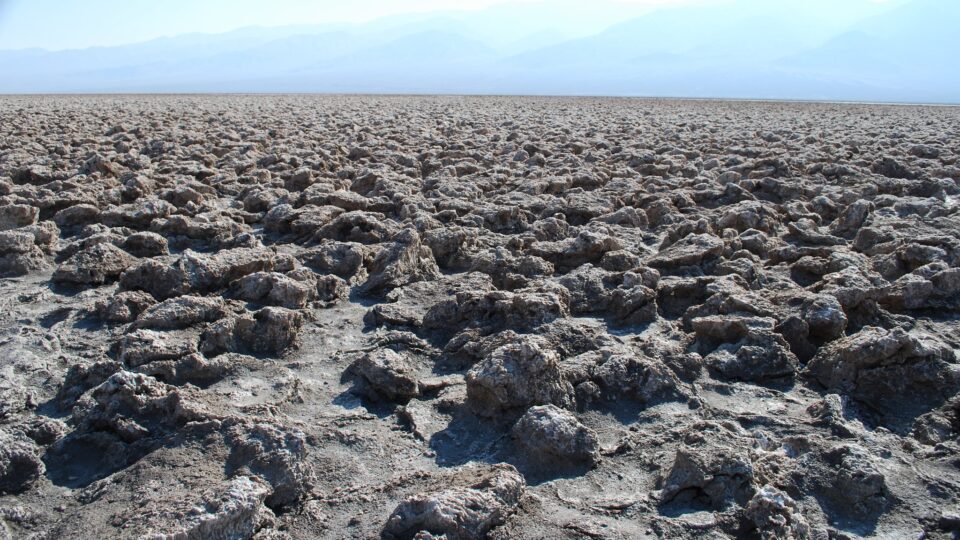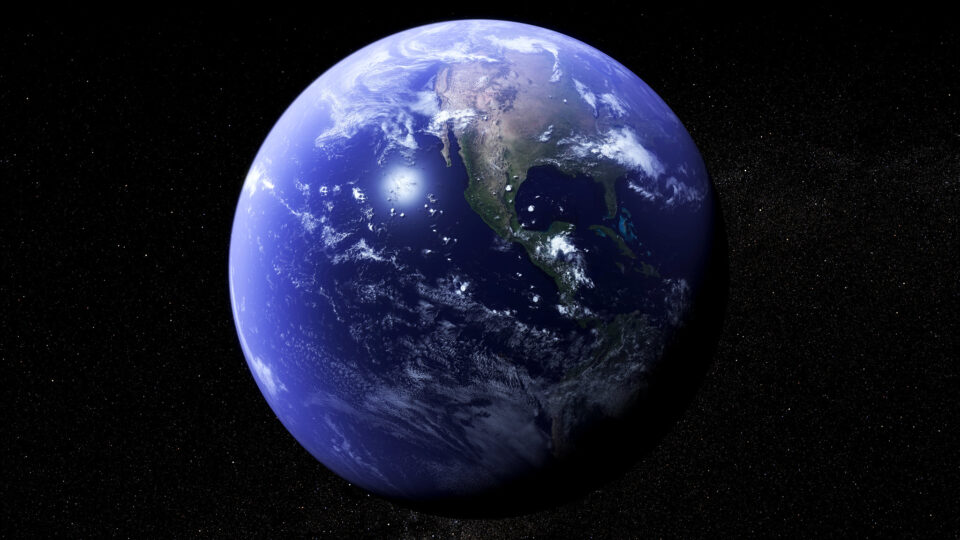In late July, the ocean temperature measured in Florida Bay, between the southern end of the Florida mainland and the Florida Keys, was 101.1 degrees Fahrenheit, a possible world record for sea surface temperature. There is no official record keeping for ocean temperatures, but the highest previous reading ever reported was 99.7 degrees in the middle of Kuwait Bay in 2020.
What is going on is a marine heat wave and marine heat waves can last for weeks, months, or even years. The current Gulf of Mexico marine heat wave has been present for several months, beginning in February or March. Experimental forecasts by the National Oceanic and Atmospheric Administration say the extreme ocean temperatures in the area may persist through at least October.
The ocean absorbs 90% of the excess heat associated with global warming. Therefore, marine heat waves all over the planet are becoming warmer over time. The current marine heat wave would likely have occurred even without climate change, but because of it, the event is extraordinarily warm.
Marine heat waves cause stress to corals and other marine ecosystems. Exposure to extreme temperatures for long periods of time causes corals to eject the algae that live inside of them, resulting in white or pale coral. This coral bleaching leaves the coral without food and will ultimately kill it.
In general, extreme heat can be destructive and deadly for marine ecosystems. A massive marine heat wave known as “the Blob” took hold in 2013-2016 in the northeastern Pacific Ocean and led to an ecological cascade of fishery collapses, toxic algal blooms, and record numbers of humpback whale entanglements.
**********
Web Links
The ongoing marine heat waves in U.S. waters, explained
Photo, posted December 25, 2016, courtesy of Paul Asman and Jill Lenoble via Flickr.
Earth Wise is a production of WAMC Northeast Public Radio



















